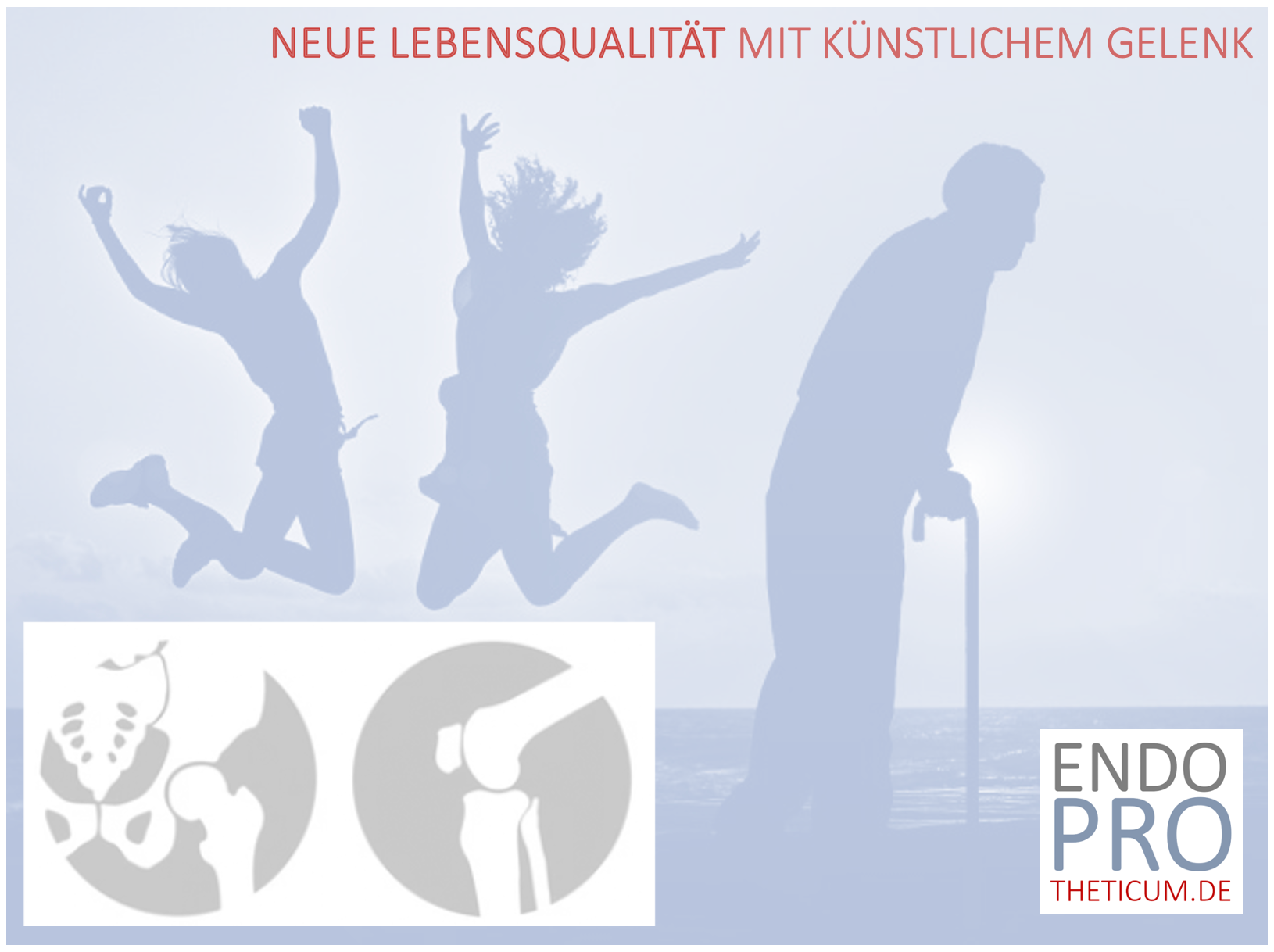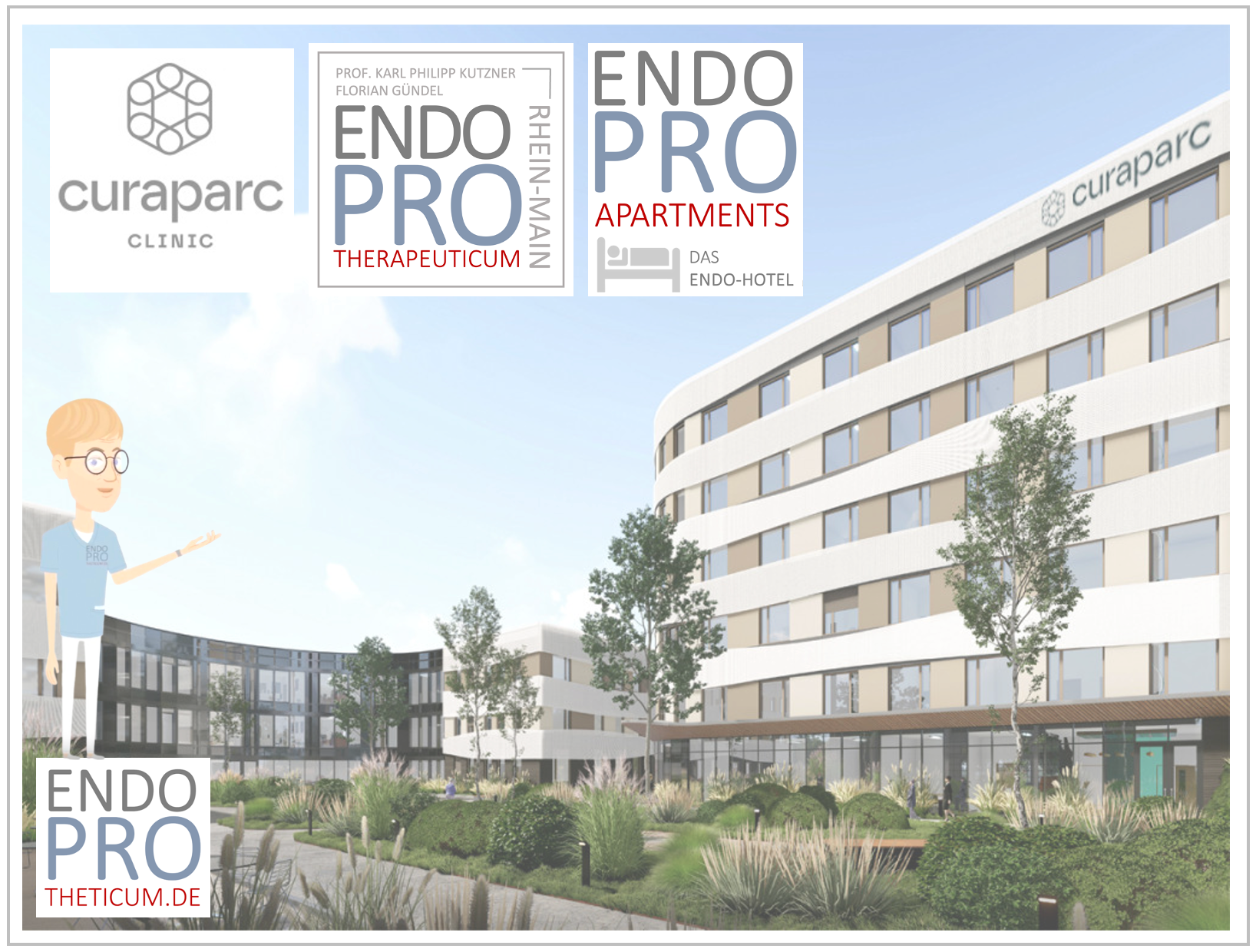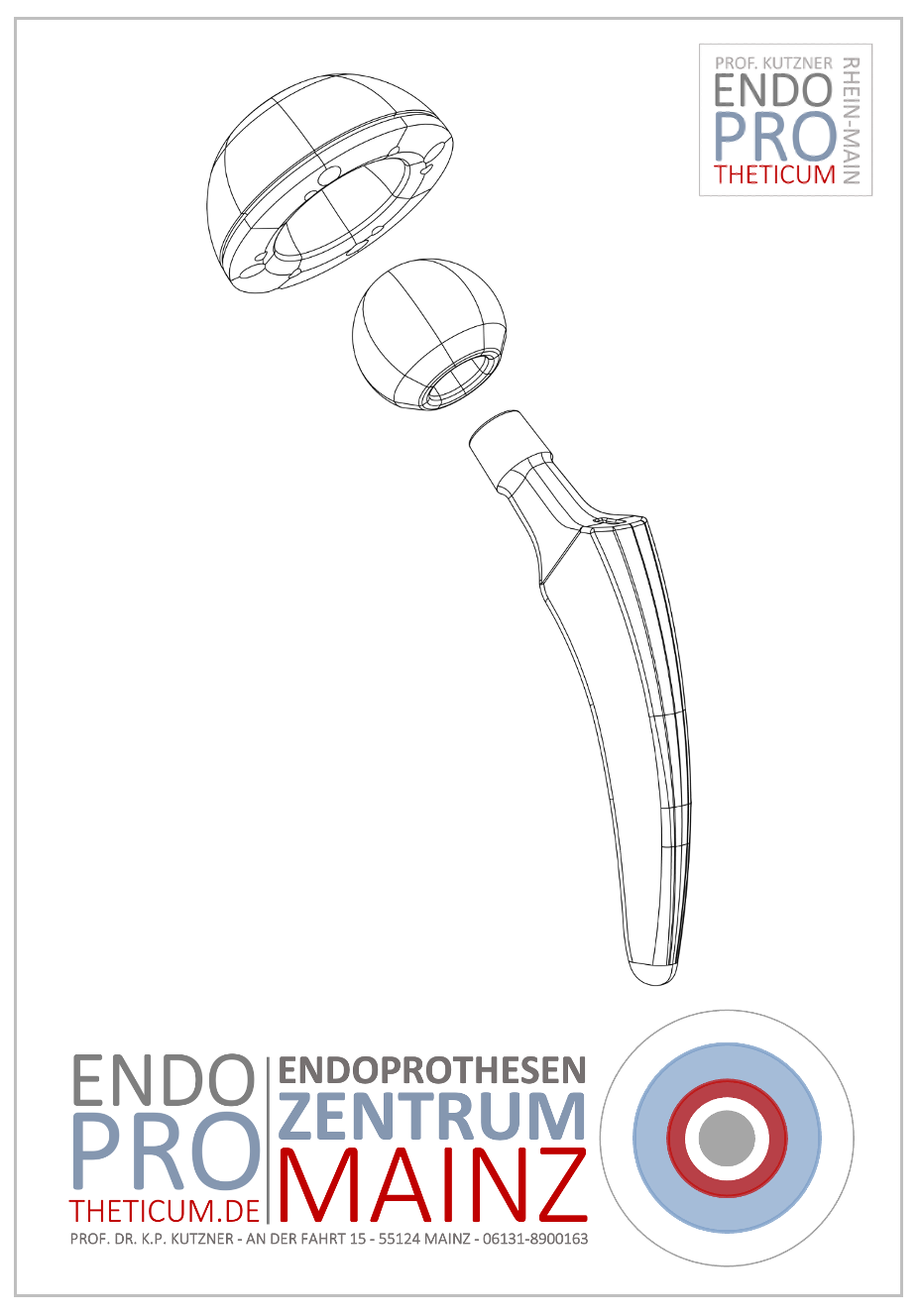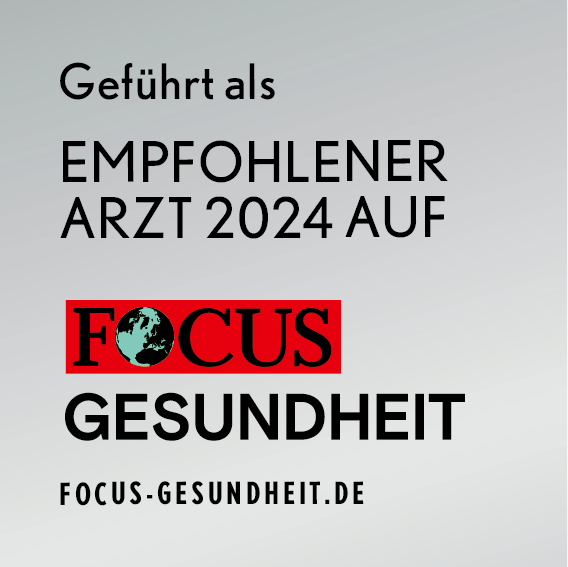Arthrofibrosis of the knee – just no further surgery!
Why surgery usually doesn't help with arthrofibrosis

Arthrofibrosis is one of the most feared complications after knee operations such as knee arthroplasty or cruciate ligament reconstruction. The disease is characterized by the formation of excessive scar tissue in the knee, which leads to significant restriction of movement, swelling and often significant pain. This article offers a comprehensive overview of the causes, symptoms, diagnostics and, in particular, the effective treatment options for arthrofibrosis of the knee - with particular attention to alternative approaches and treatment regimens.
What is Arthrofibrosis?
Arthrofibrosis describes excessive scarring in the knee joint following surgical procedures or injuries. This disrupts the tissue's normal healing response, leading to an increase in collagen-containing scar tissue. This causes a narrowing of the joint space and limited mobility of the knee joint.
Causes and risk factors of arthrofibrosis
Surgical interventions as the main cause
Arthrofibrosis often occurs after procedures such as knee arthroplasty, cruciate ligament reconstruction or arthroscopic surgery.
Risk factors
- Multiple operations
- Excessive mobilization after surgery
- Infections in the joint
- Genetic predisposition to scarring
- Inadequate postoperative physical therapy
Symptoms of arthrofibrosis
- Restricted mobility: Extension deficits and a limited flexion angle are typical.
- Pain: Dull pain or a feeling of tension are characteristic.
- Swelling: Those affected often report persistent “swelling knees”.
- Stiff feeling: Many patients feel as if their knee is “locked”.
Why further operations are often not effective
A still widely used treatment option for arthrofibrosis is surgery to remove the scar tissue. However, this carries high risks:
Risk of new scarring
After a revision, arthrofibrosis often occurs again because the surgical stimulus further stimulates scar formation.
Lack of long-term results
Studies show that the success of another operation only lasts for a short time, while the symptoms often worsen again after a few months.
Mobilization under anesthesia
Forced movement under anesthesia can cause microtraumas that exacerbate the problem rather than solving it. Anesthesia mobilization should therefore be viewed very critically and carefully considered today.
Alternative therapeutic options
Instead of aggressive surgical interventions (poor results), modern therapeutic approaches rely on conservative and holistic measures.
Therapy regimen to suppress the scarring stimulus
Special multimodal concepts have been developed that rely on minimally invasive and conservative techniques to effectively treat arthrofibrosis:
- Manual Lymphatic Drainage: Swelling is reduced to improve mobility.
- Heat and cold therapy: Alternating treatments have an anti-inflammatory and pain-relieving effect.
- Gentle movement exercises: The aim is to gradually restore mobility without creating new stimuli.
- Physiotherapeutic measures: Gentle manipulation of the tissue reduces adhesions.
Drug therapy for arthrofibrosis
Medications play an important role in the conservative treatment of arthrofibrosis. The following active ingredients are often used:
Prednisolone
Prednisolone is a glucocorticoid that has anti-inflammatory and anti-fibrotic effects. It inhibits the production of cytokines and other inflammatory mediators that contribute to scar formation. However, use should be short-term to avoid side effects such as osteoporosis or suppression of the immune system.
Propranolol
Propranolol is a beta-blocker usually used to treat cardiovascular disease. Studies suggest that propranolol reduces fibroblast activity and therefore inhibits the formation of scar tissue. It can also help reduce chronic pain that occurs with arthrofibrosis.
Pregabalin (Lyrica)
Pregabalin is an anticonvulsant commonly used to treat neuropathic pain. In the case of arthrofibrosis, it can help to modulate pain sensations and thus improve the patient's quality of life. The effect is mediated by the inhibition of calcium channels in nerve cells.
Nonsteroidal anti-inflammatory drugs (NSAIDs)
NSAIDs such as ibuprofen or diclofenac are often used to relieve inflammation and pain. They inhibit the cyclooxygenase enzymes (COX-1 and COX-2), thereby reducing the formation of prostaglandins, which are responsible for the pain and inflammatory response.
Long-term forecast and recommendations
With a consistently implemented, conservative treatment plan, many affected people have a good chance of regaining their mobility and quality of life. The main recommendations are:
- Early diagnosis: Rapid recognition of arthrofibrosis and immediate initiation of appropriate therapy is crucial.
- Individual therapy plans: No two knees are the same - the treatment must be adapted to individual needs.
- Patience and consistency: Therapy requires commitment and perseverance.
Conclusion: Conservative therapy instead of further surgery
Arthrofibrosis is a complex complication that presents patients with major challenges. Surgical approaches are often not a sustainable solution. Alternative methods that rely on conservative measures to control scarring in the long term and restore quality of life are more promising. Less manipulation and irritation is often crucial here. Forced exercise is often detrimental. Early and targeted treatment is the key to success.
MAKE AN APPOINTMENT?
You are welcome to make an appointment either by phone or online .



























